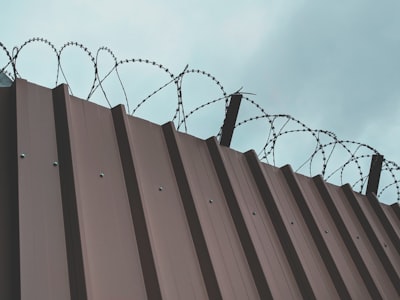Overview
Immigration detention in the United States refers to the practice of confining individuals—typically non-citizens—who are subject to immigration proceedings for reasons including potential removal (deportation) or while awaiting a determination of their immigration status. Detention is managed primarily by U.S. Immigration and Customs Enforcement (ICE), a federal agency under the Department of Homeland Security (DHS). The system operates through a network of dedicated detention facilities, contracted private prisons, and, occasionally, local jails.
Historical Context
The use of immigration detention increased significantly following the passage of the Immigration and Nationality Act of 1952 and, later, the Illegal Immigration Reform and Immigrant Responsibility Act of 1996. The shift responded to changing national security priorities, legislative mandates, and heightened efforts at border enforcement. Over time, the scale and scope of detention grew, with periodic surges in the detained population during periods of increased immigration enforcement or policy changes.
Legal Basis and Procedure
Individuals may be detained by ICE after being apprehended at the border or within the interior of the country. Detention can apply to asylum seekers, individuals awaiting immigration court hearings, and those already ordered removed. The decision to detain is subject to statutory requirements, such as 'mandatory detention' for certain categories of offenses, as well as considerations of flight risk or danger to the community. Detained individuals may be eligible for a bond hearing or parole in particular circumstances, but not all are guaranteed such options.
Facilities and Capacity
U.S. immigration detention facilities range from federally operated centers to contracted private prisons and local jails. As of 2024, the system’s capacity has expanded with increased federal funding, and ongoing debates concern overcrowding, health and safety conditions, and oversight. Detention centers are periodically inspected for compliance with regulations, though advocacy groups and government reports have cited issues related to quality of care, legal access, and human rights concerns.
Legal and Humanitarian Challenges
Detained individuals face significant obstacles, including:
- Limited access to legal counsel and information.
- Barriers to communication, such as lack of language interpretation.
- Restricted resources or opportunities to gather evidence for their cases. Research shows that immigrants in detention are less likely to secure legal representation or present successful claims for relief.
Policy Debates
Immigration detention remains a contested issue in U.S. politics and public policy. Proponents argue detention is essential for ensuring compliance with immigration proceedings, preventing absconding, and protecting national security. Critics highlight the adverse humanitarian impacts, costs, and the detrimental effect on due process rights. Alternatives to detention, such as community-based monitoring and case management, have been proposed and, in some cases, piloted as more humane and cost-effective options.
Recent Developments
As of 2025, legislative initiatives have sought to expand detention capacity, increase funding for ICE and related agencies, and reduce the use of programs such as “catch and release.” These changes are often accompanied by significant increases in appropriated funds for facility expansion, staffing, and related infrastructure. Ongoing debates focus on the scale, oversight, and necessity of detention in light of evolving migration patterns and border security assessments.
Conclusion
Immigration detention is a central element of the United States' immigration enforcement strategy, encompassing complex legal, administrative, and humanitarian considerations. Its future continues to be shaped by shifting policy priorities, legislative actions, and the broader discourse on immigration and human rights.

Comments
No comments yet. Be the first to comment!